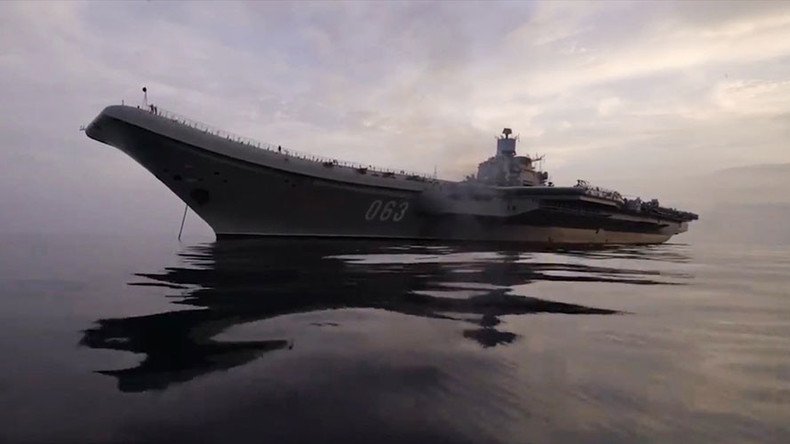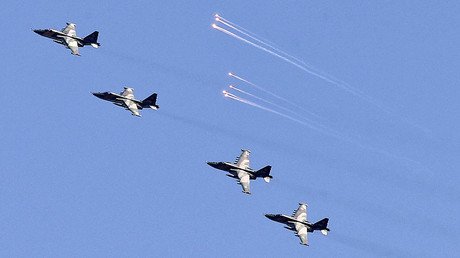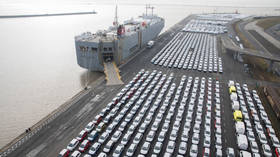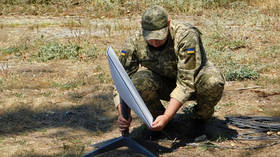NATO keeps close eye on Russian warships as they sail home from Mediterranean

NATO ships are closely monitoring the aircraft carrier Admiral Kuznetsov and its group as it returns to Russia, a Maritime Command (MARCOM) officer said in a statement.
The Admiral Kuznetsov is returning to its home base in Severomorsk as the chair of the Russian General Staff, Army Gen. Valery Gerasimov, announced earlier in January, having completed its tour of duty in the eastern Mediterranean. To do this, it must pass through both the Mediterranean and the North Sea, where it will be closely monitored and escorted by NATO vessels.
“The Russian Navy is a capable navy, that’s why their ships are a part of our routine surveillance plans,” Vice Admiral Clive Johnstone said in a statement published on the MARCOM website.
“In the case of the Kuznetsov group, we’ve learned what we can from the group and how it operates, [and] we’ll continue to monitor for any changes in behavior and continue to work closely within the Alliance to ensure all Allied navies are comfortable with the level of surveillance and information flowing regarding Russian Navy assets.”
MARCOM routinely patrols the territorial waters of nations belonging to the alliance, with the responsibility divided up between regional navies. On the journey back to Severomorsk, the Admiral Kuznetsov has already passed by Gibraltar, off the Spanish coast, where it was monitored by the Spanish patrol boat Cacador, Interfax reported.
The Admiral Kuznetsov group, which also consists of a battlecruiser, two destroyers, and a tanker from the Russian Navy, was also surveilled by a US Navy P-8A Poseidon patrol craft which took off from an air base in Rota, Spain on Tuesday.
Later, when the group passes the UK, they will be escorted by a Royal Navy frigate and a destroyer, according to the Telegraph.
The Admiral Kuznetsov, Russia’s only aircraft carrier, was initially dispatched to the eastern Mediterranean to assist in counter-terrorism operations in Syria, and is now being withdrawn as part of an overall troop reduction following the negotiation of a ceasefire deal between Russia, Turkey, and Iran.
Its initial deployment raised media hysteria in Western Europe, particularly in the UK, where the media described the passage of the Russian warships as the “greatest challenge” to its national security.
Dutch, Belgian, British, and Norwegian ships were all sent to either observe or escort the Kuznetsov on its journey to the Mediterranean, while Sweden sent reconnaissance planes to monitor the movement of the Russian air carrier group. The Maltese foreign minister also announced that the Kuznetsov would not be allowed to refuel at their ports. Ultimately, the Admiral Kuznetsov and its escort arrived safely and without incident, despite the fears of Western governments.
“The movement of our ships has caused a stir among our Western partners,” Defense Minister Sergey Shoigu said at the time.
“It is time for our Western colleagues to decide who they are actually fighting – terrorists or Russia. As one poet once said, ‘one cannot sit on one and the same place on different trains.’”
The Admiral Kuznetsov was commissioned in 1990, and is so far Russia’s only aircraft carrier. Manned by a crew of 1,960 naval personnel, it has Granit anti-ship cruise missiles and as well as Blade and Chestnut gun systems in its arsenal and can transport more than 50 aircraft.














